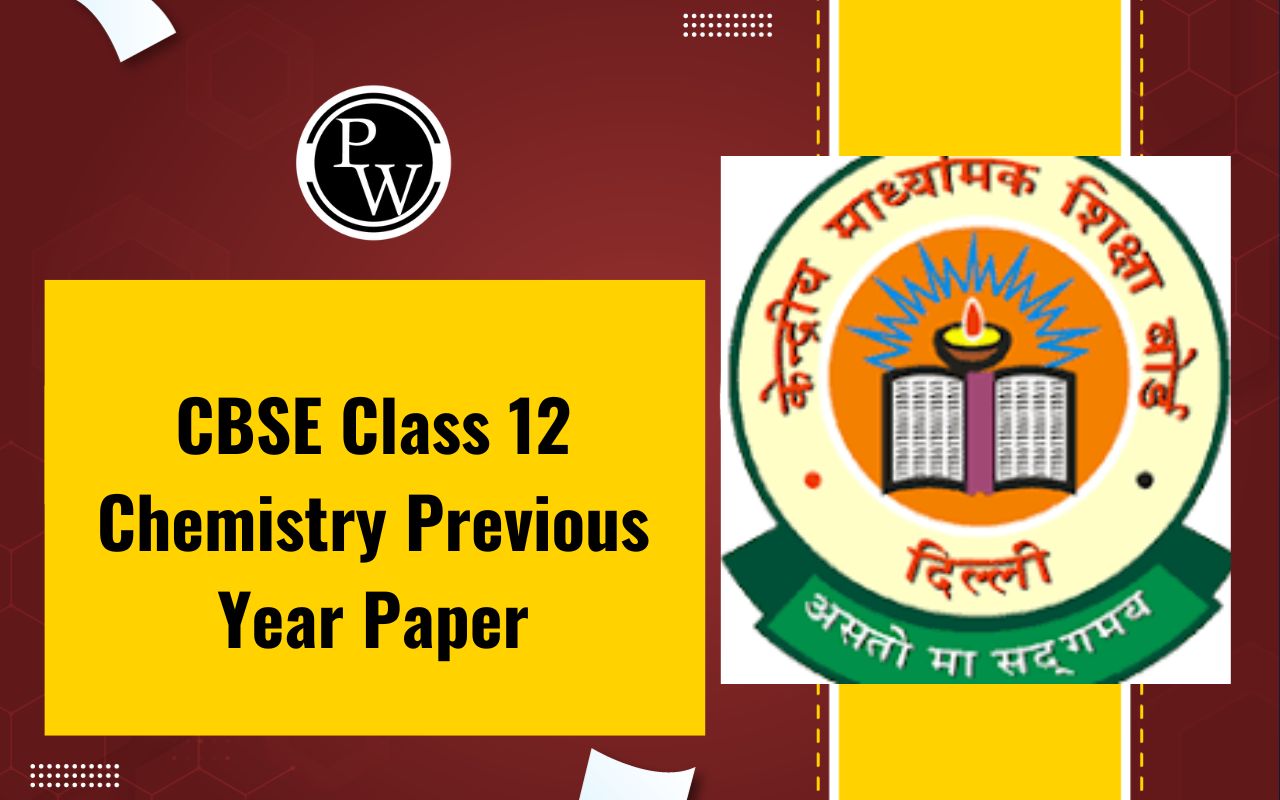
Avogadro's law Formula also known as Avogadro's principle or Avogadro's hypothesis, is a gas law that states that the total number of atoms/molecules in a gas (i.e., how much gaseous substance there is) is directly proportional to how much space the gas occupies at a constant temperature and pressure.
Because it links temperature, pressure, volume, and amount of substance, the ideal gas equation is closely related to Avogadrolaw's equation. Avogadro's law states that dissimilar ideal gases occupying the same volume at a given (constant) temperature and pressure must contain the same number of molecules.Also read : Aluminum Acetate Formula
What is Avogadro’s Law
Avogadro’s law states that, for a certain gas, temperature, pressure, volume, and quantity (number of moles) are all linked. This is why it is related to the ideal gas equation. Ideal gases lack mass and do not attract each other, so their behavior can be described through collisions between molecules and the walls of the container. In reality, gases don't exist in an ideal state as they are so small and take up so much space - their size and mass weren't as important to measure. It's why, under most conditions, most gases act nearly ideally.Avogadro’s Law Formula
According to Avogadro's rule, a gas's volume, V, is inversely proportional to its particle count, n. This relationship can be mathematically described as follows: V ∝ n Avogadro's number, or NA, is the number of particles per mole in a substance. Numerous studies have established that NA has a particle density per mole of 6.02 × 1023.Thus, k is a proportionality constant between the volume V and the number of gas particles n. As the number of particles in a gas changes from n1 to n2, the volume also changes from V1 to V2.Also Check - Acids and Bases Formula
Derivation of Avogadro’s Law
Avogadro’s law can be derived from the ideal gas equation, which can be expressed as follows: PV = nRT Where, A gas exerts pressure on its container walls is denoted by 'P' The volume occupied by the gas is called 'V.' In the following equation, 'n' represents the gaseous substance amount (number of gas moles). The universal gas constant is 'R' The absolute temperature of a gas is 'T' Rearranging the ideal gas equation, the following equation can be obtained. V/n = (RT)/P The product/quotient of two or more constants is always a constant, so (RT)/P is a constant (since temperature and pressure are constant). Therefore: V/n = k By doing so, we can verify that the volume occupied by a gas is proportional to its number of molecules.Also Check - Surface Chemistry Formula
Molar Volume of a Gas
It is possible to find a gas's molar volume, or V, using the ideal gas law, PV = nRT. In this equation, P represents pressure, n represents one mol, R represents the universal gas constant, and T represents temperature in Kelvin. Depending on the volume and pressure units used, R will change.Examples of Avogadro's Law
How we breathe is one of the best examples of Avogadro's law. As a person breathes in, the air in their lungs goes up, as does the air in their lungs (expansion of the lungs). The way tires lose air is another example of Avogadro's law. When released, Air trapped in a tire loses its air volume. As a result, the gas takes up less space, which causes the tire to lose its shape and deflate.What are the Limitations of Avogadro’s Law?
Even though it works perfectly for all ideal gases, Avogadro's law only tells us how the real gases relate. As pressure and temperature increase, the difference between how gases behave and how they should behave tends to get bigger. Hydrogen and helium follow Avogadro's law better than molecules with higher molecular masses.Avogadro's Law Formula FAQs
How does Avogadro's law work?
At constant pressure and temperature, Avogadro's law states that equal volumes of gases contain equal numbers of molecules, meaning the volume of a gas is directly proportional to its molecular weight.
What is the relationship between Avogadro's and ideal gas laws?
Under ideal conditions, according to Avogadro's law, gases behave predictably concerning volume, pressure, temperature, and the number of moles.
What significance does Avogadro's number have?
An atom, molecule, and ion in a mole represents approximately the number of particles (atoms, molecules, and ions) in a mole of a substance, which is Avogadro's number. The gram is a fundamental constant in chemistry and is used to relate the microscopic world to the macroscopic world.
Is Avogadro's law applicable to real gases?
Real gases deviate from Avogadro's law at high pressures and low temperatures due to intermolecular forces, but it remains a valuable concept for explaining gas behavior.
In stoichiometry, how can Avogadro's law be applied?
During chemical reactions, chemists use Avogadro's law to calculate the volumes of gases involved. When chemical reactions involve gases, it allows precise calculations of reactant consumption and product formation by determining the mole ratios between reactants and products.
🔥 Trending Blogs
Talk to a counsellorHave doubts? Our support team will be happy to assist you!

Free Learning Resources
PW Books
Notes (Class 10-12)
PW Study Materials
Notes (Class 6-9)
Ncert Solutions
Govt Exams
Class 6th to 12th Online Courses
Govt Job Exams Courses
UPSC Coaching
Defence Exam Coaching
Gate Exam Coaching
Other Exams
Know about Physics Wallah
Physics Wallah is an Indian edtech platform that provides accessible & comprehensive learning experiences to students from Class 6th to postgraduate level. We also provide extensive NCERT solutions, sample paper, NEET, JEE Mains, BITSAT previous year papers & more such resources to students. Physics Wallah also caters to over 3.5 million registered students and over 78 lakh+ Youtube subscribers with 4.8 rating on its app.
We Stand Out because
We provide students with intensive courses with India’s qualified & experienced faculties & mentors. PW strives to make the learning experience comprehensive and accessible for students of all sections of society. We believe in empowering every single student who couldn't dream of a good career in engineering and medical field earlier.
Our Key Focus Areas
Physics Wallah's main focus is to make the learning experience as economical as possible for all students. With our affordable courses like Lakshya, Udaan and Arjuna and many others, we have been able to provide a platform for lakhs of aspirants. From providing Chemistry, Maths, Physics formula to giving e-books of eminent authors like RD Sharma, RS Aggarwal and Lakhmir Singh, PW focuses on every single student's need for preparation.
What Makes Us Different
Physics Wallah strives to develop a comprehensive pedagogical structure for students, where they get a state-of-the-art learning experience with study material and resources. Apart from catering students preparing for JEE Mains and NEET, PW also provides study material for each state board like Uttar Pradesh, Bihar, and others
Copyright © 2025 Physicswallah Limited All rights reserved.
Get App









